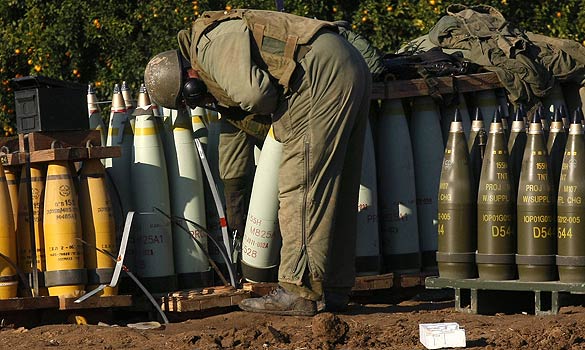
In May 1991 Rajiv Gandhi was assassinated by an LTTE suicide bomber. It was generally assumed that Gandhi’s assassination was in retaliation for his consent to Jayawardene’s 1987 request for the IPKF. Soon after this, war between the Tamils and the Sinhalese intensified.
Although a high proportion of Tamils and Sinhalese longed for peace, extremists on both sides pressed on with war. President Premadasa was assassinated at a May Day rally in 1993; the LTTE was suspected, but never claimed responsibility.
The following year, the People’s Alliance (PA), a coalition of the main opposition SLFP and smaller parties, won the parliamentary elections. Its leader, Chandrika Bandaranaike Kumaratunga, the daughter of former leader Sirimavo Bandaranaike, won the presidential election and appointed her mother prime minister.
Although the PA had promised to end the civil war, the conflict continued in earnest, and Kumaratunga was targeted by a suicide bomber just days before the December 1999 presidential election. She was injured, losing sight in her right eye, but won the election. Curiously enough, the economy was showing signs of life during this period. Garment exports grew, growth ticked along at 5% to 6% a year between 1995 and 2000, and the ongoing war partly solved unemployment in the rural south.
In the October 2000 parliamentary elections President Kumaratunga’s PA won a narrow victory. Sirimavo Bandaranaike, the president’s mother and three-time prime minister of Sri Lanka, died shortly after casting her vote.

No comments:
Post a Comment